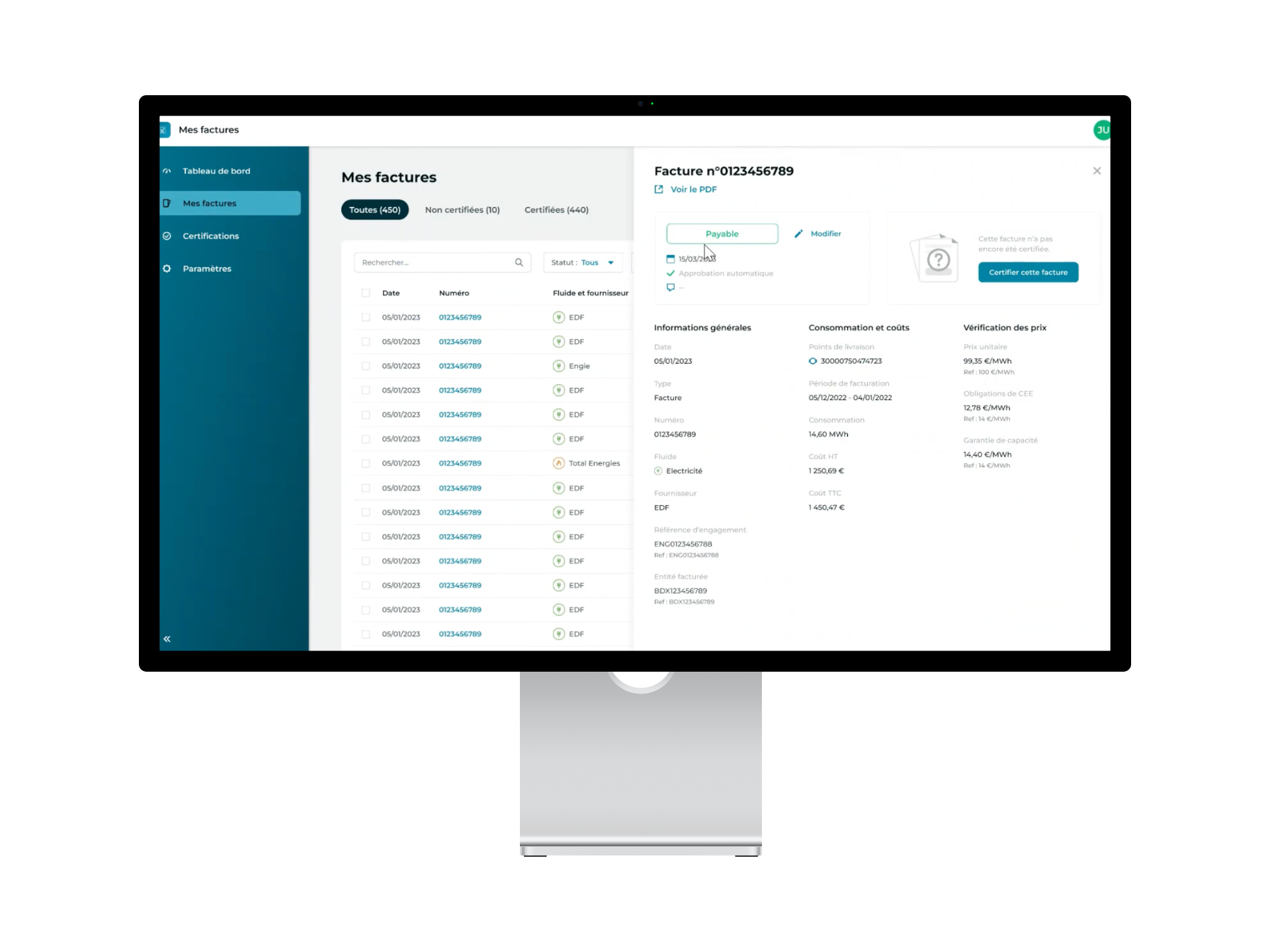CSR (Corporate Social Responsibility) is an approach that consists of integrating social and environmental issues into a company’s business activities and relationships.
Companies listed on the stock exchange and companies with more than 500 employees or generating a turnover of more than 100 million euros are required to communicate on their CSR actions. Each year, they must provide a Declaration of Extra-Financial Performance (DPEF), otherwise known as « CSR reporting« , outlining their social and environmental actions and performance.
In addition to the regulatory obligations, CSR reporting includes several advantages in order to:
- measure the performance of its CSR approach and optimize its management
- mobilize teams to address social and environmental issues
- improve transparency on the company’s activities with its stakeholders (customers, partners, investors, general public, public authorities,…)
Building a CSR reporting is not always simple. For the person in charge, it is important to identify the relevant areas and indicators to be highlighted and to organize the collection and reporting of information.
In this article, we detail the 6 steps to succeed in your CSR reporting.
Determine the focus and actions of your CSR approach
The Extra-Financial Performance Statement must include 4 main sections:
- the company’s business model: including the company’s main activities, the main resources used, the main achievements as well as key strategy elements and prospects for the future
- the social and environmental risks related to the business model
- the policies and measures implemented to prevent or mitigate the identified risks
- the results of the policies implemented with performance indicators (KPIs)
Consequently, the effectiveness of your CSR reporting depends first and foremost on the clear identification of the main risks related to your activity.
Indeed, CSR encompasses many issues, from governance to customer relations, as well as working conditions and respect for the environment. Once you have identified the risks you face, you will be able to determine the priorities of your CSR policy and define your action plans.
The CSR approach must ensure balance between 3 pillars:
- good practices in economic relations: quality of service, customer satisfaction, respect for suppliers and partners…
- social issues: equal opportunities, working conditions, employee rights…
- environmental criteria: reducing the company’s energy footprint, limiting greenhouse gas emissions and waste production…
The growing awareness of the climate emergency is raising expectations from the general public on the environmental dimension in particular. From this perspective, consumers are looking for brands that are in line with their values.
The reduction of energy consumption and CO2 emissions is an essential part of today’s CSR strategy. The implementation of smart buildings combined with energy renovation actions can be put in place to limit the company’s energy footprint. CSR reporting should then describe these actions and integrate the KPIs that illustrate their impact.
Define your key indicators to measure the effectiveness of your actions
You have determined your CSR priorities and action plans. During this first step, you set objectives to mitigate a risk or improve your performance on specific levers.
For example, if you have defined the reduction of your energy footprint as a focus, then you have set a numerical objective in the form of « reducing our energy consumption by X% over the next X years ». Perhaps you have even refined this objective by setting specific energy consumption reduction targets for your buildings, for travel related to your activity, ect…
In any case, for the approach to be effective, you must be able to measure your performance on each defined objective. For each objective, you need to associate a clear, precise and measurable key performance indicator (KPI)!
This may seem obvious, but you need to clearly define the formula that allows you to obtain your indicator. You must also define where, when and how you are going to measure and determine precisely which values to include or exclude in the calculation of your CSR key indicators.
Identify the locations providing the data
For each of the performance indicators you have defined, you now need to identify the facilities from which you are going to report the data.
For example, if you are working on energy performance indicators, which locations will you take into account? Will you only collect data from your production sites or also from your logistics bases? Should you take into account data from a recently opened facility? And if so, over what period?
The question of the scope is essential because it affects the relevance of your data.
Once you have validated the contributing sites, the question of data collection arises. Who is responsible for providing you with the data? Will you opt for a platform to automate data collection and reporting? If not, who will be in charge of providing the on-site data?
Obviously, if you have a representative at each site, you will also have to provide them with specifications so that each one transmits the relevant data to you in a certain format to ensure that the data from all sites can be easily harmonized.
Create tables to collect the data transmitted by the different sites
CSR reporting is a tool for monitoring your non-financial performance. Data quality is a central issue in this field. However, it is not always easy to guarantee the reliability of data for a multi-site activities. You must therefore set up simple and efficient data collection processes and share them within your organization.
To facilitate data collection and exploitation, it is advisable to create data collection tables. In these tables, you can enter the data needed to calculate your CSR indicators, for example your energy performance indicators.
Shared tables can be created to enter the data for each of the site managers to enter the data for their respective sites. Alternatively, the person in charge of CSR reporting will complete the data based on the information received from the different sites.
Obviously, on a large scale, this manual or semi-manual data entry is a source of potential errors.
When dealing with large sets of data from multiple sites, it is preferable to opt for an automated data collection, processing and exploitation solution. This type of tool will greatly facilitate the construction of your CSR reporting as well as the daily management of your performance. As part of your environmental approach, you can, for example, generate a report on your greenhouse gas emissions or your energy consumption.
Verify your CSR reporting
To give meaning to data and transform it into a decision-making tool, you must limit the risk of error in your reporting. The more data you collect, the greater the risk of error.
Several potential risks exist such as, for example:
- a data sensor malfunction
- a data entry error during the data upload
- a bad data format that affects the calculation of an indicator
To protect yourself against these risks, you need to set up a protocol for checking your reporting.
First, you will benefit from centralizing the source databases from your various sites in a single space and organizing them in such a way as to speed up verification.
In addition, you must also be vigilant if you notice significant discrepancies from one year to the next. In this case, you should check the source data and determine whether the variance is true and what the cause is. If the discrepancy is related to erroneous data, you can review the situation with the site(s) concerned and assist them in their data collection and reporting process.
Optimize your monitoring tools regularly
One of your objectives is to build a CSR approach by reducing the energy consumption and the environmental impact of your real estate. This approach is in line with the expectations of your stakeholders but also with the requirements of public authorities, particularly in terms of reducing energy consumption and GHG emissions.
Moreover, several professional associations have created indicators in this regard to enable companies to follow their trajectory and benchmark themselves. These indicators are obviously interesting, but if you multiply the KPIs, knowing that you have to collect data from several sites, you add more complexity.
At a certain point, « manual » data collection and entry is no longer enough. In order to accurately monitor the impact of your actions and manage your CSR approach, you must ensure the reliability of your data.
A data efficiency solution, such as Energisme’s N’Gage platform, helps you automate the management of your CSR data, from collection to reporting. You can aggregate and process large volumes of data while minimizing the risk of error. By refining your analysis, you will improve your decision-making to meet your CSR objectives.
CSR reporting is an alternative to financial reporting for measuring a company’s performance. It takes the form of an activity report on social and environmental issues.
In the context of the energy transition, the environmental component of CSR reporting focuses in particular on reducing energy consumption, reducing GHG and waste emissions, etc.
To assess the company’s performance in this area and the impact of the actions taken, the CSR manager must collect and process data from the company’s various sites. Adopting a data efficiency platform allows you to automate the collection, processing and analysis of data. You get customized reports on your key indicators and can focus more on performance optimization.









